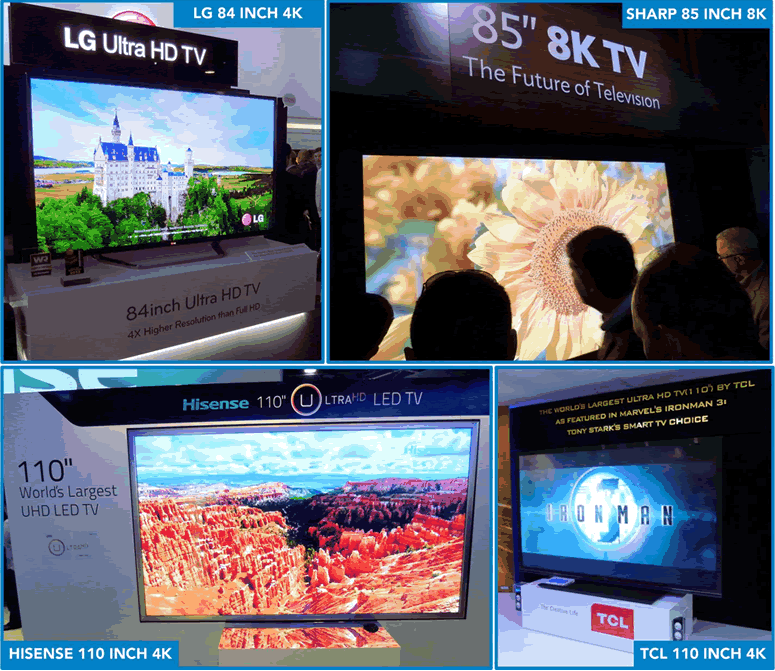In this case, it's the "High Level Group on Media Freedom and Pluralism" releasing their report last week after pondering various "threats" to media independence and the independence of journalists for more than a year. As the norm, any complaint by any group got treated as a threat, Too much government oversight? A threat. Too little government oversight? A threat. Media too big and powerful? A threat. Media too weak and powerless? A threat. 27 separate sets of libel and privacy laws (one for each EU nation)? Almost as many distinctive sets of ethical standards, professional norms, and legal rights for journalists? A real problem in a digital world where content easily flows across national borders.
The good news is the report only outlines concerns and makes suggestions, rather than drafts new laws and regulations. Still, you can see the underlying intent in many of the suggestions in the report and in the comments made by the group's Chair, former President of Latvia Vaire Vike-Freiberger, in a well-attended press conference announcing the report. Frances Robinson, covering the story for the Wall Street Journal, offered a few of the juicier bits.
- Oversight needed to reign in "journalists"
“There is a responsibility that goes with being a journalist,” Ms. Vike-Freiberga told the assembled hacks. But with new technology “enabling just about everybody” to access information, form an opinion, and blog it, from their phone, “trained monkeys could probably do it.”
The report suggests a need for someone to determine who gets to be a journalist and who doesn't (i.e. licensing), although that power shouldn't be in the hands of government or left to the discretion of news outlets or journalists self-identifying. In other words, you need an "independent body". One that will probably also have the job of determining which journalism is "quality," and which isn't. - One Ring to Rule Them All
The final report actually likes the idea of "politically correct" national Media Councils with the power to punish possible offenders. Although Europe really, really needs an EU-wide "independent" Media Council with ultimate authority, under the aegis of the European Commission (i.e. the unelected, unaccountable, EU bureaucracy).Recommendation: All EU countries should have independent media councils with a politically and culturally balanced and socially diverse membership. … Media councils should have real enforcement powers, such as the imposition of fines, orders for printed or broadcast apologies, or removal of journalistic status. The national media councils should follow a set of European-wide standards and be monitored by the Commission to ensure that they comply with European values.
- Set a single EU standard
The report seeks to apply to same approach EU bureaucracies favor in virtually all regulatory circumstances - replace local and national standards and regulation (outside the EU's control) with a single standard/regulation/law determined and enforced by the EU bureaucracy.Recommendation: For improving the functioning of the Single Market, further harmonisation of EU legislation would be of great benefit.
While greater consistency in libel and privacy rules would be helpful, "harmonisation" is the most widely-hated aspect of the EU and its bureaucracy. - Punish (successful) Intruders
Robinson notes one recommendation suggesting using regulation to punish "dominant information providers" (i.e. Google) for being more popular than local sources and thus "restrict(ing) media freedom and pluralism." In other words, let's promote pluralism by removing media sources... particularly those you can't control. As the line goes, "Yeah, that's the ticket." - Fund (and control) investigative journalism
Not enough good investigative journalism? Let the EU fund it, and thus influence what reporters and stories investigate. - We Need Good PR
The report suggests that the various EU Presidents need to meet with groups of journalists from a range of EU countries, and get wider coverage of pronouncements in other EU press. Robinson succinctly phrased the problem that poses.EU Presidents aren’t known for breaking news in panel interviews, and hypothetical situations don’t sound promising – will a Finnish reader really want to know the Spanish commissioner’s answer to a question from a Slovenian journalist?
Sources - EU, Media, and Trained Monkeys, Wall Street Journal
High Level Group on Media Freedom and Pluralism website and final report, EU Task Force on Co-ordination of Media Affairs












